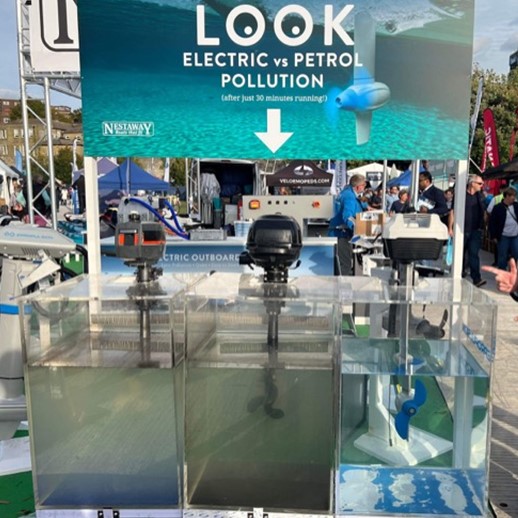Electric Vehicles - Enhancing Battery Manufacturing & Performance
As Electric Vehicles become a part of everyday life, manufacturers are required to continually improve battery technology and performance: more energy storage, operating at higher energy densities. Cold Atmospheric Plasma is a pioneering technology that offers a novel solution. By introducing plasma treatments into existing manufacturing processes, it is possible to improve physical bonding of components, increase electrical conductivity of batteries, and increase thermal diffusivity across components.
The treatment of surfaces using atmospheric plasma technologies is one of the most effective industrial processes for cleaning, activating, or coating plastics, metals, glass and other materials.
Furthermore, it is a green technology: plasma replaces chemicals, reducing carcinogenic emissions from solvent-containing products.

The Adtec PlasmaTact is a microwave induced cold plasma torch that generates argon plasma. By installing the device in a CNC machine, surface energy modification was performed on key materials to enhance the EV battery manufacturing process.
Mylar, Polycarbonate and Aluminium 6082 were processed, and a metric called water contact angle was used to quantify the surface modification.
Reduced contact angle = increased wettability = improved bonds.
Why these materials?
Mylar Polymer Composite, Polycarbonate and Aluminium 6082 are materials commonly found in, and crucial to, the manufacturing of Electric Vehicle batteries. Read the full reports at the links below to learn more:
